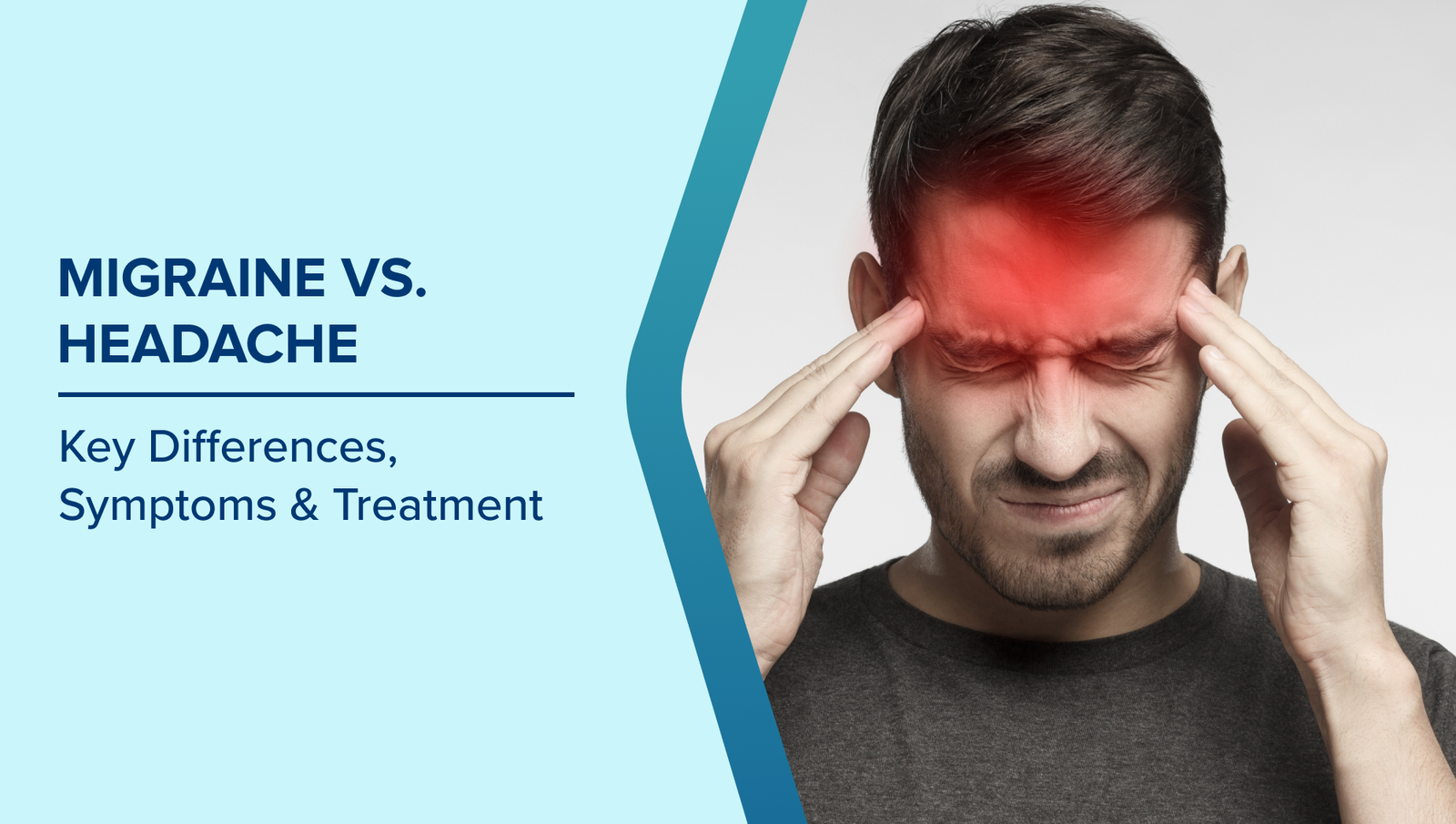
Migraine is a neurological condition characterized by intense, throbbing headaches, often accompanied by nausea, sensitivity to light, and visual disturbances. Unlike ordinary headaches, migraines can last for hours or even days, significantly impacting daily life and productivity.
Causes
Migraines are triggered by a combination of genetic, environmental, and lifestyle factors. Common triggers include hormonal changes, stress, irregular sleep, dehydration, strong odors, certain foods like cheese and chocolate, and even weather changes. Overactive nerve signals and imbalances in brain chemicals such as serotonin also play a role.
Symptoms
- Severe headache, usually on one side of the head
- Visual disturbances such as flashing lights or blind spots (aura)
- Nausea and vomiting
- Sensitivity to light, sound, or smell
- Fatigue and difficulty concentrating
Treatment
Treatment involves both preventive and acute care. Over-the-counter pain relievers like ibuprofen can help mild cases, while triptans and prescription medications are used for severe attacks. Preventive strategies include managing stress, maintaining a regular sleep schedule, staying hydrated, and avoiding known triggers. In chronic cases, doctors may prescribe beta-blockers, antidepressants, or anti-seizure medications.
Conclusion
Understanding your personal migraine triggers and maintaining a healthy lifestyle can greatly reduce the frequency and intensity of attacks. With timely medical care and consistent prevention, most individuals can effectively manage migraines and lead normal, active lives.
⬅ Back to Blogs